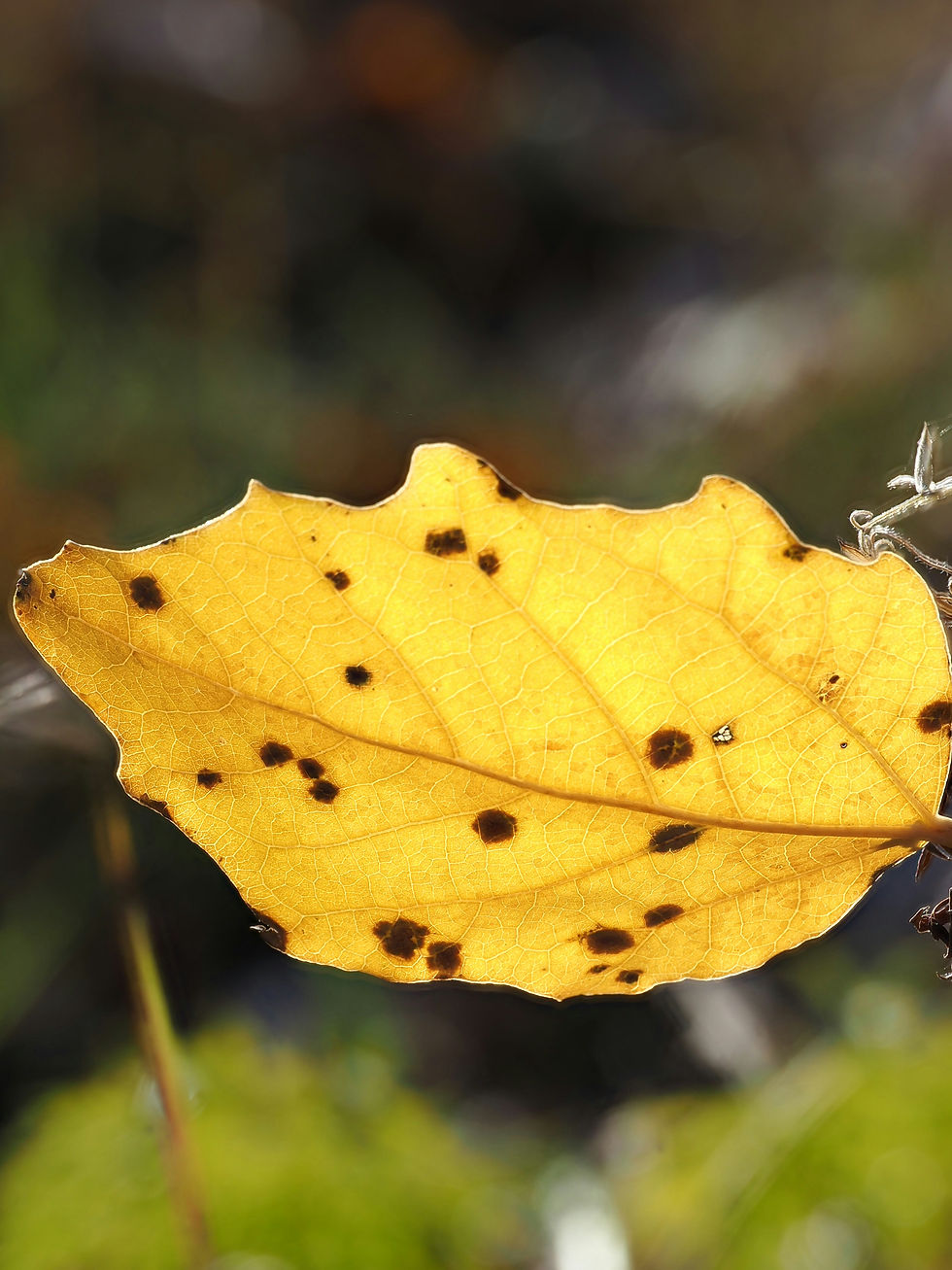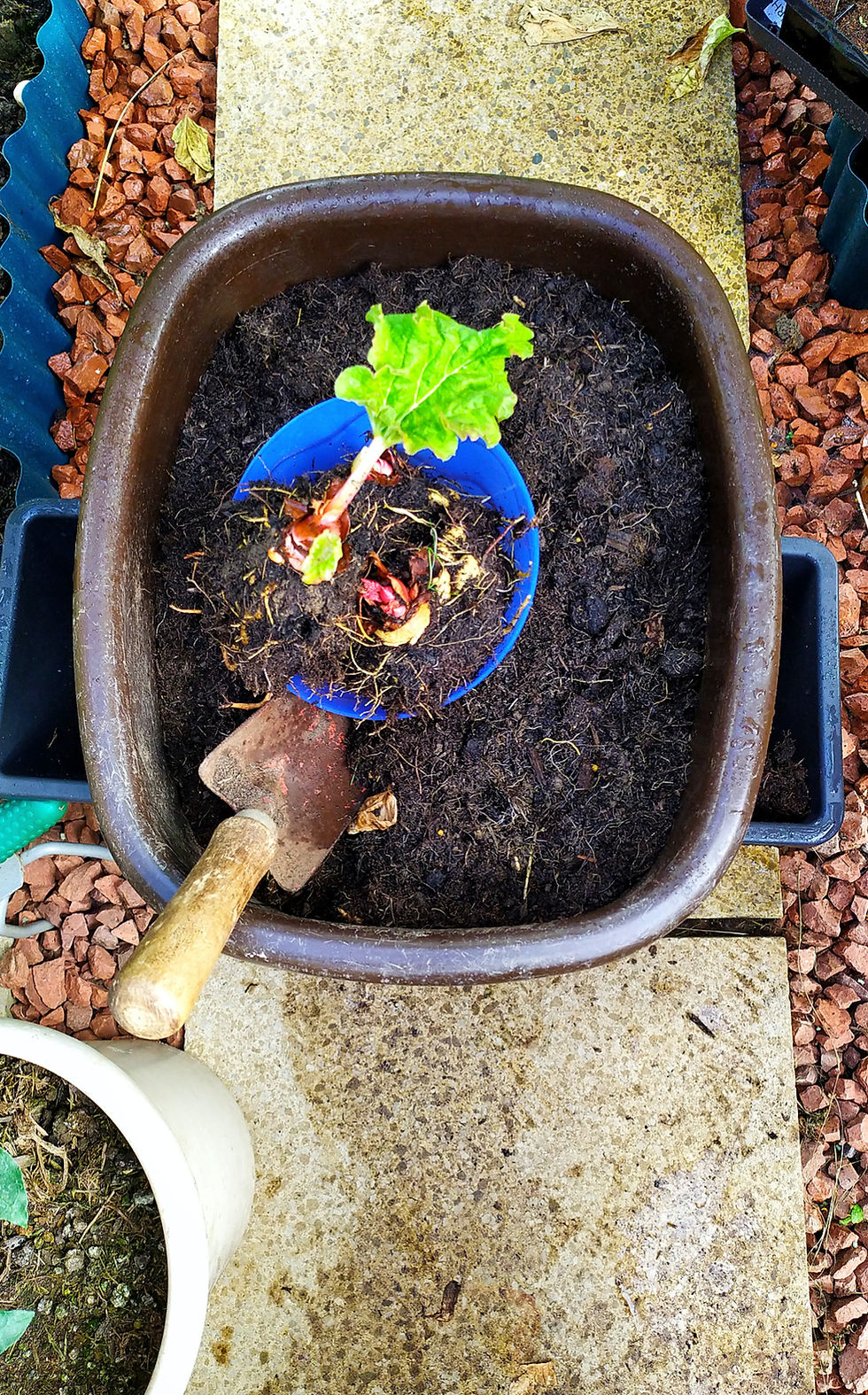Restoring Your Garden After Summer Flooding
- Hannah O'Connor

- Jul 10, 2025
- 4 min read
After weeks of scorching heat, Central Texas gardens were hit with a sudden surge of rain and flooding in July, leaving behind soggy soil, damaged plants, and many confused gardeners. While we often focus on drought as our biggest summer challenge, too much rain can be just as stressful for plants. When soil stays waterlogged, it deprives roots of oxygen, damages their structure, and opens the door to disease.
If your landscape is looking wilted, yellow, or just plain sad despite all that water, you're not alone. In this blog, we'll walk through the signs of flood stress, steps to help your garden recover, and tips to prepare your soil and plants for future extremes.

How Too Much Rain Damages Plants
Symptoms of Flood Stress
It's easy to assume that wilting or yellowing leaves mean your plants need more water, but after a flood, those symptoms often mean the opposite.

Here's what to watch for:
Leaves turning yellow, brown, or dropping unexpectedly
Wilting, even though the soil is visibly wet
Mushy stems or sudden plant collapse
Mold, algae, or a sour smell around plant roots
Slowed growth, sparse blooming, or root rot in containers
These symptoms often mimic drought stress because in both cases, the plant can't take in water properly, either because there's not enough or because the roots are suffocating.
What's Happening Below the Surface
When soil remains saturated for too long, it deprives the roots of the oxygen they need to function. Without oxygen, roots begin to die off, leading to rot, nutrient deficiencies, and collapse. Soil structure also breaks down, especially in clay-heavy Central Texas soils, making it harder for water to drain in the future. And with warm, humid weather following heavy rains, fungal diseases like root rot, mildew, and damping off can take hold quickly.
Immediate Actions to Help Your Garden Recover
1. Let the Soil Dry Before Watering Again
If your plants are wilting, don't reach for the hose right away. After a flood, the most important thing is to allow the soil to dry out sufficiently for oxygen to return. Check soil moisture about 4–6 inches down with your finger or a trowel—if it's still soggy, wait. Overwatering at this stage can push plants past the point of recovery.
2. Improve Drainage in Problem Spots
Flooding often reveals areas of poor drainage. Once the soil is workable (not muddy), use a garden fork to gently aerate the ground and relieve compaction. In heavy clay soil, consider mixing in expanded shale or coarse compost. For container plants, elevate pots on bricks or pot feet and make sure drainage holes aren't blocked.
3. Remove Damaged Plants & Trim Rot
Plants that are completely mushy or have a sour smell are unlikely to recover, so go ahead and remove them. For plants with partial damage, prune away soggy stems and leaves to prevent the spread of disease and help the plant refocus its energy.
4. Apply Compost to Rebuild Microbial Life
Floods flush away beneficial microbes and compact the soil. Topdressing with compost can help restore soil structure, introduce healthy microbes, and kickstart recovery. Avoid synthetic fertilizers during this time, stressed plants can't process them efficiently and may be further damaged.
5. Watch for Fungal Issues
Flooded gardens are a playground for fungal diseases. Keep an eye out for leaf spots, mildew, and stem cankers. If you catch them early, organic options such as copper fungicide, neem oil, or sulfur sprays can help prevent the spread. Always remove heavily infected plant material and avoid overhead watering until the area dries out.
Long-Term Tips to Prepare for Future Flooding
Improve Soil Drainage

If your yard consistently floods during heavy rain, the issue may be with the soil structure. Central Texas soils are often clay-heavy and compact easily, trapping water. To fix this, regularly amend beds with compost, expanded shale, or pine fines. These materials help create air pockets, allowing water to move more freely through the soil. Raised beds are another great option, especially for vegetables and perennials sensitive to soggy roots.
Smart Planting Locations
Pay attention to how water flows through your landscape during storms. If certain areas pool or stay saturated for days, avoid planting flood-sensitive species there. Instead, reserve those zones for native plants that tolerate wet conditions, like inland sea oats, sedges, or horsetail. Move fussier plants to elevated areas or create gentle berms to lift beds above flood-prone spots.
Consider Rain Gardens or Berms
If water rushes through your yard after storms, you might benefit from adding a small rain garden or swales. These shallow, landscaped depressions collect runoff and allow it to absorb into the ground slowly. Berms (raised mounds of soil) can help redirect water flow and protect beds. These features not only manage flooding but also support pollinators and add visual interest.
When to Replant or Replace
Be Patient with Recovery
Flooded plants may look rough now, but many will bounce back once the soil dries and temperatures stabilize. Give perennials at least two to four weeks before deciding whether to replace them. During this time, trim any damaged foliage, improve drainage, and apply compost to support the plant's recovery.
Need Help? Stop by Our Garden Center!
If your garden is showing signs of stress after the recent storms, we’re here to help. Bring in photos or samples of struggling plants, and we’ll help diagnose the issue and recommend the right solutions, whether it’s soil amendments, compost, organic fungicides, or replacement plants that can withstand our unpredictable Texas weather.
Our team understands the challenges this season has presented, and we’re equipped with local expertise and tools to help your landscape recover. Whether you need to rebuild beds, restore your soil, or talk through what to do next, we’ve got your back.
Sources
Texas A&M AgriLife Extension. “Protect your garden from water stress caused by too much, not enough rain.” June 6, 2024. https://agrilifetoday.tamu.edu/2024/06/06/protect-your-garden-from-water-stress-caused-by-too-much-not-enough-rain
Texas A&M AgriLife Today. “Mixed bag of rain and drought for Texas growers.” June 24, 2025. https://agrilifetoday.tamu.edu/2025/06/24/mixed-bag-of-rain-and-drought-for-texas-growers
Texas A&M AgriLife Today. “AgriLife research to help reduce flood risks in Central Texas.” May 1, 2025. https://agrilifetoday.tamu.edu/2025/05/01/agrilife-research-to-help-reduce-flood-risks-in-central-texas
Texas A&M AgriLife Today. “Flood damage: What to do when water affects your landscape.” April 3, 2025. https://agrilifetoday.tamu.edu/2025/04/03/flood-damage
Monthly Gardening Checklist – Texas A&M AgriLife Extension



Comments